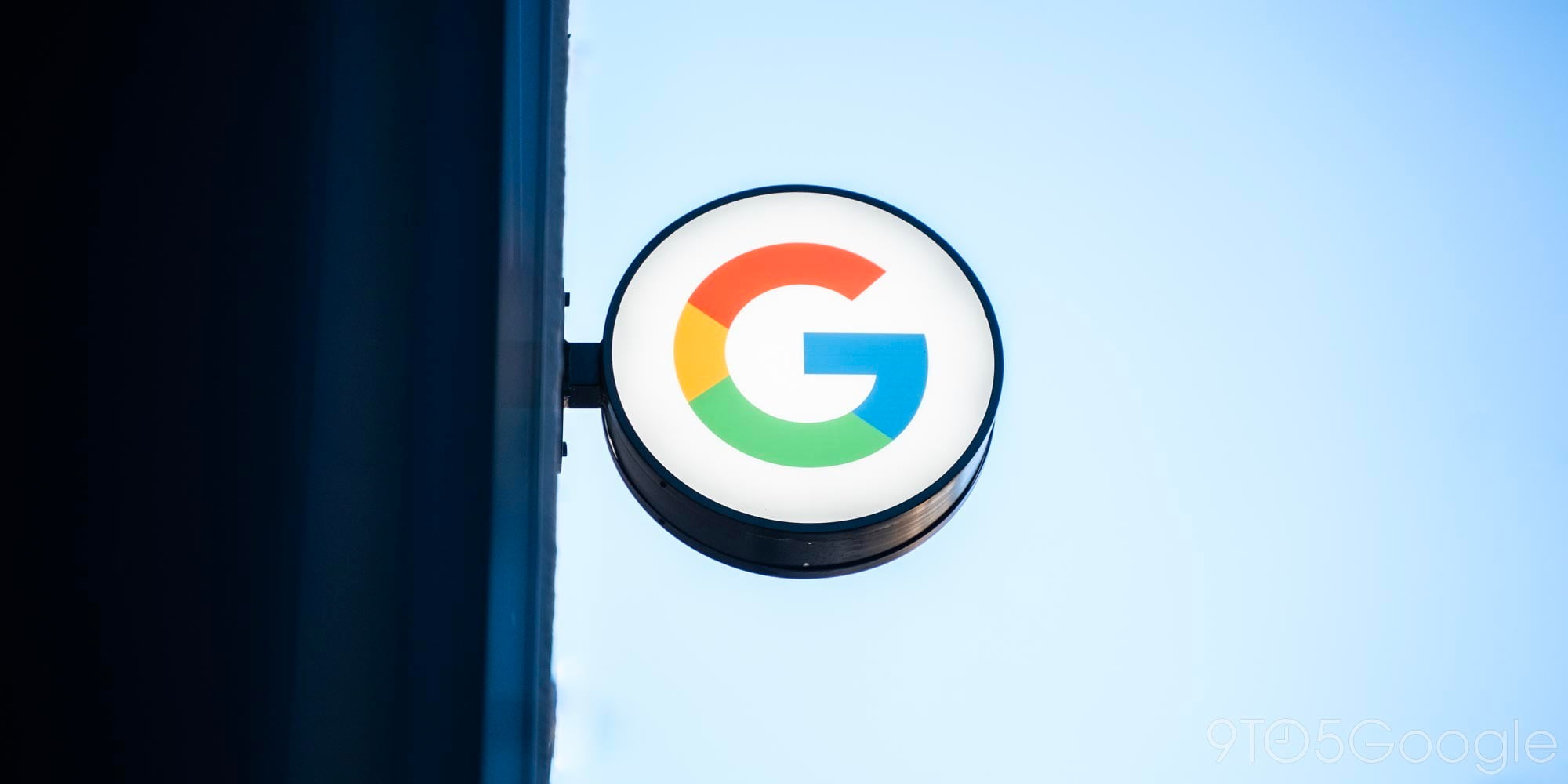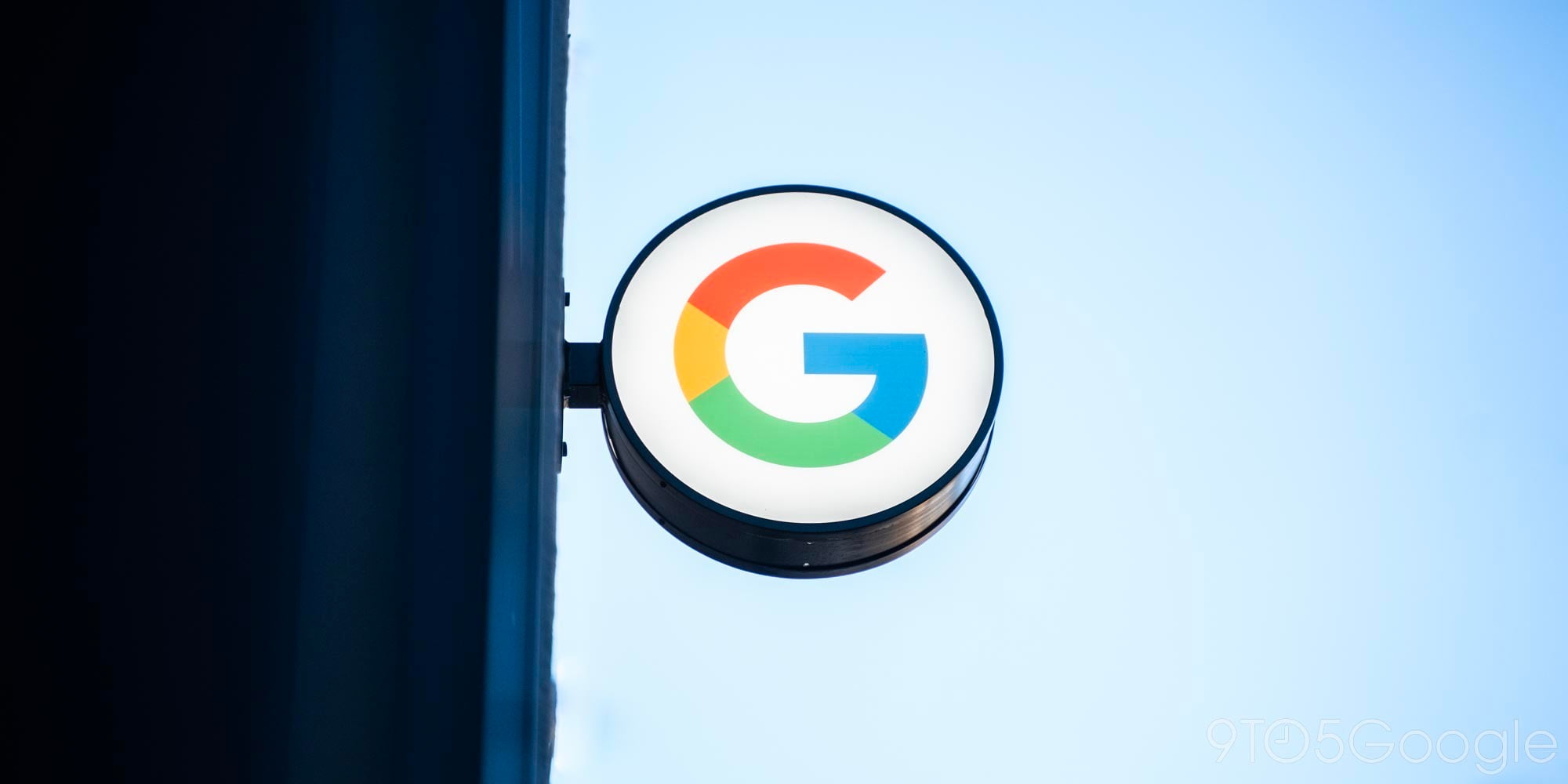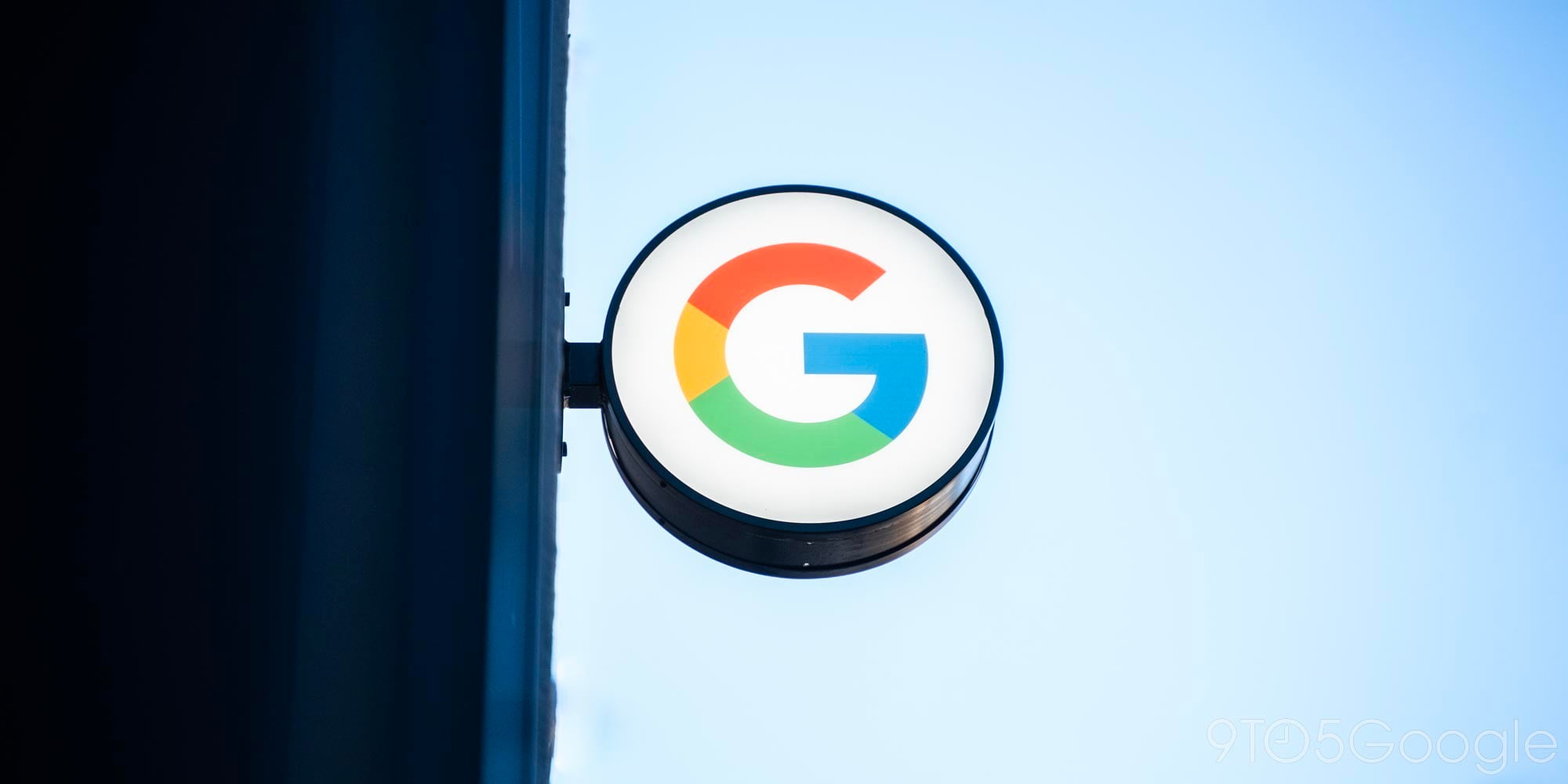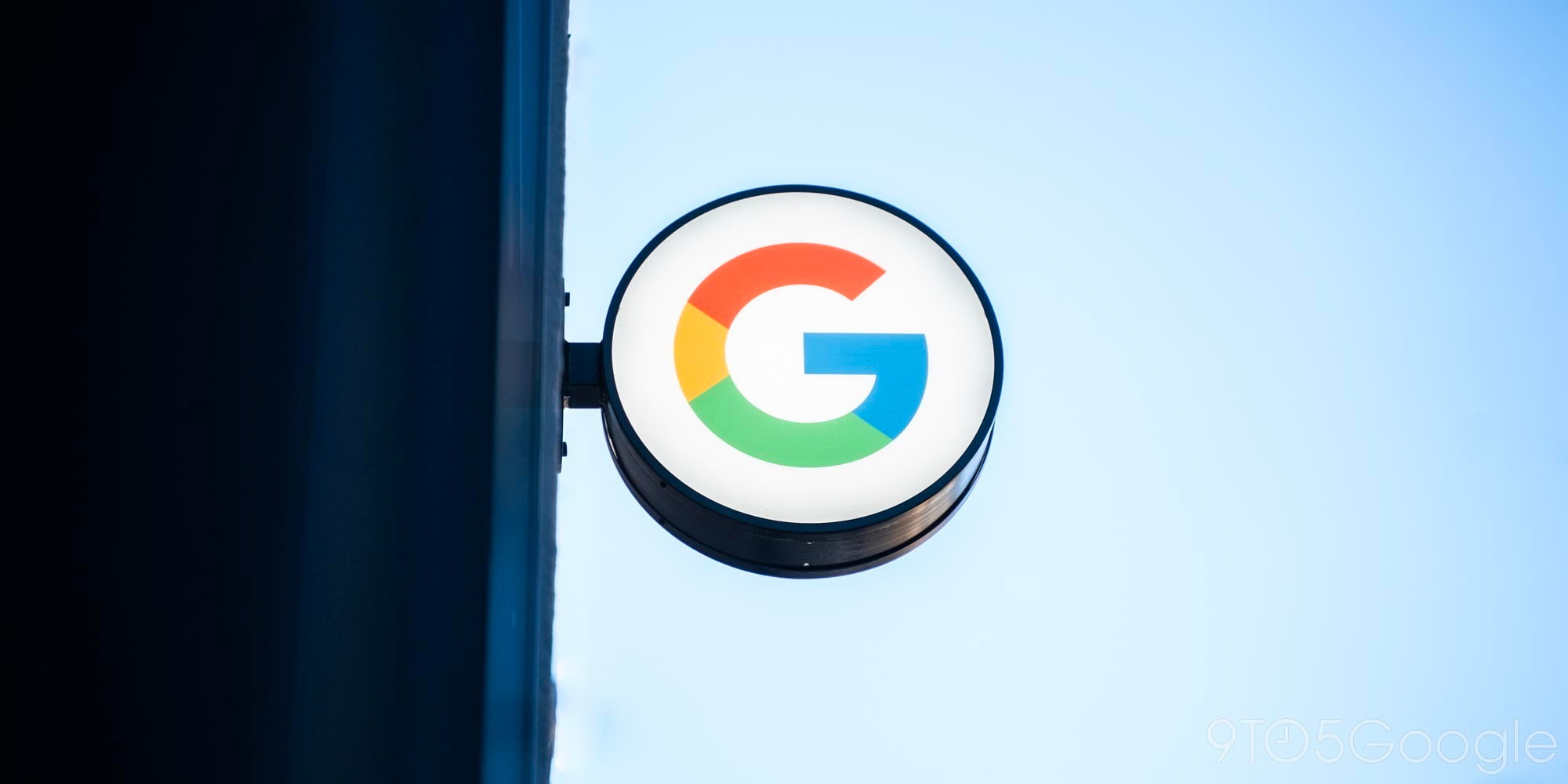Android 6.0 Marshmallow
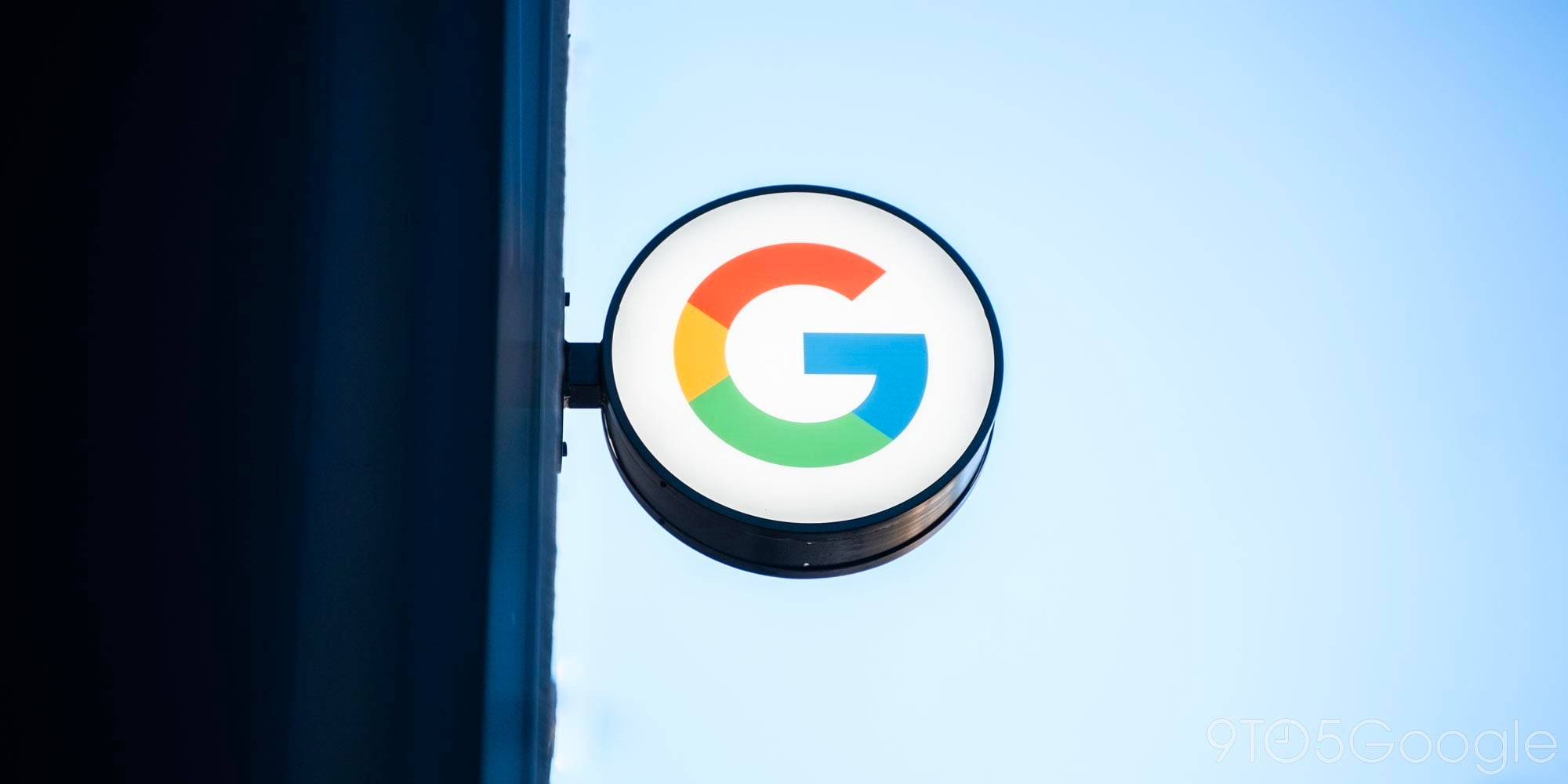
Android Marshmallow is the 6.0 release of Google’s mobile operating system.
Features |
Granular App Permissions
Following yesterday’s rumors of more granular app permissions, we received confirmation of exactly that. The new app permissions will make it faster for developers to get new users up and running in their apps by only requesting permissions as the app needs them. For users, permissions are now being simplified into several easy to understand categories like Location, Camera, Microphone, and more. Users will also be able to go into the Settings menu of their phone at any time and revoke all or specific permissions as they please.
Chrome Custom Tabs
Google is bringing the features and capabilities that users have come to love from the Chrome browser to in-app webviews. Available in the Chrome Dev Channel today and rolling out to users in Q3 this year, Chrome Custom Tabs gives users looking at a webpage through an in-app webview sign-in and caching of web services, saved passwords, autofill, and multi-process security (i.e. two-factor authentication). Developers will be able to customize the webview to their liking with buttons as well as options in an overflow menu, and also pre-fetch any links before the user clicks on them so they’ll load quickly. The company shared how Chrome Custom Tabs will work with a Pinterest integration showing off a “Pin It” button in the menu bar at the top of the webview as well as a “See related Pins” button in the overflow menu.
App Links
Following up on yesterday’s rollout of App Indexing of iOS apps in Google’s native Search and Chrome applications, Google is revamping its intents system to provide a more powerful cross-app linking capability. App developers can now add an “autoVerify” attribute to their application manifest to indicate to Android that the links they claim they support should be verified by the platform at the time of the app’s installation. Android will then make a request to the servers associated with the links and look for a file containing the name and signature of the application, and if it successfully verifies that the app owns the links it claims to, when a user with the application installed clicks on a link owned by the app, it’ll push the user to the app without opening an intents menu.
Android Pay
Following that Android Pay logo we saw this morning, Google detailed its Android Pay mobile payment service coming to Android M.
Android Pay includes the ability to pay for goods in retail stores using Android phones and NFC while users can also make payments within apps for buying digital goods. Users will be able to plug in existing debit and credit cards from supported banks, and Android Pay has carrier support to ensure Android Pay is setup on new devices sold through vendors.
Android Pay will be available through Google’s own app, and banking apps will be able to integrate the service in their own apps. Google says over 700,000 stores across the United States will be Android Pay ready in addition to many Google Play apps as well.
Fingerprint Support
Android M will include standardized fingerprint recognition support as well to leverage the fingerprint sensors that have been shipping on Android phones for years. Android Pay will use this sensor as a payment approval method as part of the mobile payment process.
Google says that at launch any app developer will be able to make use of the new fingerprint APIs in Android M to add support for fingerprint authentication to their own apps. One example the company provided of how fingerprint support might work in a third-party app was the Target app. Users will be able to, when they install the app, associate their login credentials and payment information with their fingerprint so that when they go to complete a purchase all they’ll have to do to confirm the order is place their fingerprint on the sensor.
Power & Charging
Through a new feature called “Doze,” Google is making Android smarter about managing power. Doze will use “significant motion detection” to learn when a device is being left unattended for an extended period of time, and exponentially back off background activity to go into a deeper state of sleep for longer battery life. While the device is dozing it will still be possible to trigger alarms or respond to incoming chat requests from high-priority messages.
Google says they took two Nexus 9’s, putting Lollipop on one and M on the other with all the same apps installed and processes running, and found that devices on M tend to last up to 2x longer on standby.
In terms of power and charging, the company also announced that they’ve been working closely with device manufacturers to bring new devices to the market which take advantage of USB Type-C for charging. Since Type-C USB cables are bidirectional, meaning you can send data or power in either direction, Android M will provide more control over what you can do with the cable plugged into your device. Instead of just charging your phone through the cable, for example, you could choose to instead send power from your phone to the charger it’s connected to.
Google “Now on Tap”
Last but most definitely not least, Google Now is getting a bit smarter at figuring out what you want more information on based on your context within the phone experience.
Coming soon to over 100 third-party apps, Google Now will proactively surface specific actions from within apps on your phone as it thinks you’ll need them. Examples they provided in the keynote include surfacing the ability to request an Uber from Now once you land at the airport or surfacing your favorite Pandora station when Now knows you’re at a public transit station.
But the company is going even further than that, and will allow you to take advantage of Google Now from wherever you are on your phone and without having to be super specific with your request. So if your friend texts you a restaurant suggestion for dinner, by tapping and holding the home button Now will figure out what you’re wanting to get more info about, in this case a certain restaurant you were texted about, and deliver a card to you from the bottom of the screen with more information on the place. The company also demonstrated this from within Spotify, with a user listening to a song from Skrillex able to ask Now “what’s the real name of this artist” and have it pull up that information without the user even needing to indicate which artist they’re even referring to, because they asked from within the app with the artist already playing. This new feature of Google Now is called “Now on Tap” and will be rolled out with Android M.
How to download |
- How to install Android 6.0 Marshmallow factory images on Nexus 5, Nexus 6, Nexus 7, Nexus 9, and Nexus Player
- How to update to Android 6.0 Marshmallow manually using OTA downloads
- How to install Android M developer preview factory image on Nexus 5, Nexus 6, Nexus 9, and Nexus Player
- Android 6.0 Marshmallow now unofficially available for Nexus 4, here’s how to install it
- Android 6.0 Marshmallow is finally available on the AT&T Galaxy Note 5 and S6 Edge+
Device compatibility |



